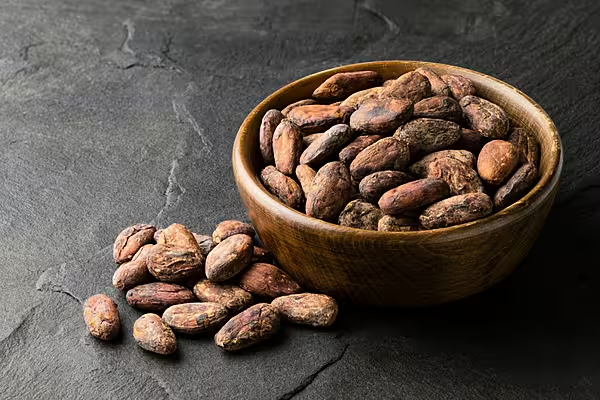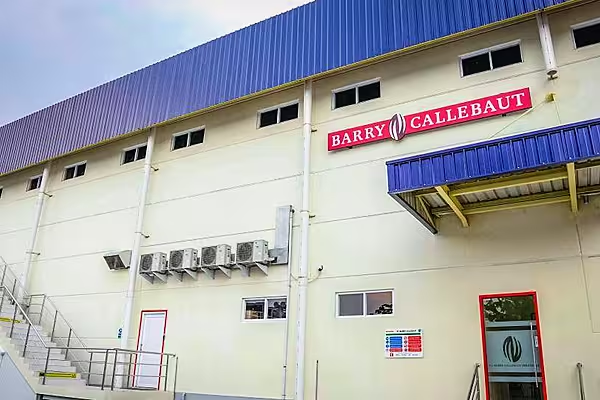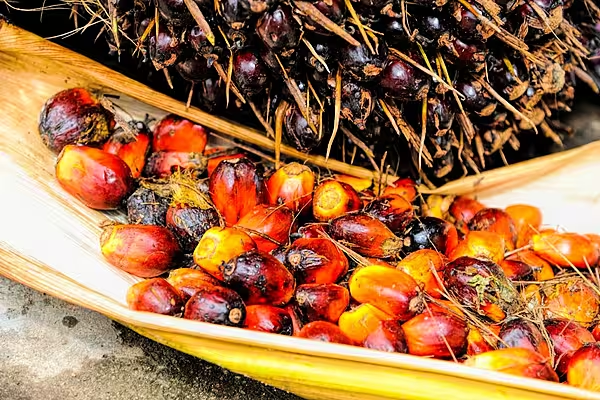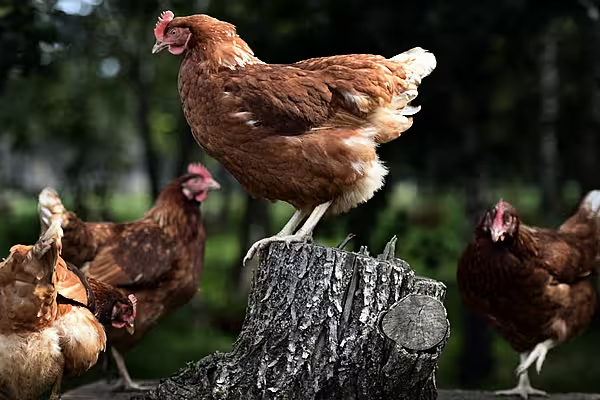There has been no rain for a second straight week in most of Ivory Coast's cocoa growing regions, farmers said, warning that could reduce the quality of beans for the last stage of the main crop and shrink the April-to-September mid-crop.
Ivory Coast, the world's top cocoa producer, is in its November-to-March dry season, when downpours are scarce.
Farmers said the lack of rain combined with periods of high heat could reduce the size of beans starting from next month and also affect the first phase of the upcoming mid-crop.
"It's not raining and it's often very hot during the day. If this continues, we will have small beans that are low in chocolate from February," said Jean Messan, who farms near Daloa, where no rain fell last week.
Outlook
Farmers gave a similar outlook in the central regions of Bongouanou and Yamoussoukro, where it did not rain last week either.
There was also no rain in the western region of Soubre, at the heart of the cocoa belt, in the southern regions of Agboville and Divo, and in the eastern region of Abengourou.
Farmers in those regions said few beans were leaving the bush as the main crop was tailing off. If the hot, dry weather continues in February the mid-crop will be weak in April and May, they added.
"If it is very hot next month, lots of flowers and small pods could dry out and reduce the next harvest," said Moussa Soulama, who farms near Soubre.
Read More: Ivory Coast Cocoa Regulator Sees Output Down Despite Strong Port Deliveries
The dry Harmattan wind, which sweeps down every year from the Sahara, was mild last week, farmers added.
Average temperatures ranged from 24.5 to 27.9 Celsius degrees in Ivory Coast last week.
News by Reuters, edited by ESM. For more Supply Chain news, click here. Click subscribe to sign up to ESM: European Supermarket Magazine.











